One of our first jobs as marketers is to get new customers. And to do so, we have to create brand awareness.
The hard thing about brand awareness is that it historically has been a grand, fluffy goal that several executives don’t value … but it’s actually a critical component of the buyer’s journey.
So how do you make an impact on your brand awareness — and explain your boss the difference you’ve made?
Here are the nine most common mistakes marketers make when attempting to measure brand awareness.
1. Not Agreeing on What Brand Awareness Means to Your Company
Brand awareness means something contrary to everyone.
Your boss might think it’s getting your brand in front of as many people as you can.
Your content strategist might want to target a particular subset of people who are most likely to turn into leads.
Your PR team might wish that customers remember your brand name.
So, before diving into campaign brainstorming, sit down with all to make sure the whole team is on the same page.
2. Trying to Build Your Content Achieve Too Much
Does your content need to attract a large number of people? Or a smaller group, but relevant?
Your whole campaign strategy will depend on this answer. What’s better for your brand?
If you’re ready to launch your brand on social media, what are the key social media metrics you want to track for your brand’s growth?
You can only choose a few fundamental social media metrics, not all.
Looking for reviews and product endorsements? Most customers will not write about your new product or service unless it applies to them.
Trying to achieve every metric imaginable will only make things worst. It will attract some people, but not enough. Or it will attract many people, but not relevant.
Or it’ll be constructive, but no one will be bothered about it because it’s too promotional.
These are the consequences if you try to connect too many social media metrics to a brand awareness campaign.
Direct conversions aren’t a useful metric for measuring brand awareness.
Sure, your content may assist visitors to buy your product or sign up for your newsletter instantly. But it’s expected they found your content after viewing it on Facebook or their favorite blog. When they sprawled across it, they were in browse mode. Not in research or buy mode.
3. Not Guaranteeing Your Brand Awareness Campaigns Are Influencing the Bottom Line
You might be thinking that you were just told us not to measure conversions with your brand awareness campaigns.
This is still true. I was advising against using direct changes as the sole metric for each brand awareness campaign. You need to be able to associate your brand awareness efforts to real business value at some spot, just not right then for that one campaign.
Preferably, you should measure the direct and indirect conversions received from all your brand awareness campaigns over time. This will paint a much more realistic picture of whether or not your aims are contributing to the bottom line.
4. Wanting Quick Results
Most companies get intimidated when they launch their first campaign, and it doesn’t take off rapidly. However, content marketing can be difficult. It can take a lot of creativity, experimentation, and crashes to get it trimmed to perfection.
Brand awareness campaigns are no different. This is exceptionally true when you first start out because you don’t have a growing community and “social proof” to illustrate to journalists and consumers that you are authorized (and thus your content is deserving of covering or tweeting).
All of this is established over time. Scoring significant results right off the bat isn’t simple. So stick it out and continue to pursue the aggregate results of all your campaigns before you choose to jump ship for another strategy.
5. No Measurable Goal
Establishing a measurable brand awareness goal will likely find you getting pulled in several different directions. Your sales team might want a specific prospect group targeted to attract more leads, public relations might argue for a higher profile among industry journalists, and so on.
The best approach is to gather everyone in your organization with a stake in building your brand and selecting one measurable brand awareness goal that everyone can live with. Whatever purpose you choose, make sure that it’s quantifiable and has a set timeframe for accomplishment.
6. Trying to Do Too Much
Probably the only thing more critical than doing nothing is trying to do too much. Focus on tracking only a few analytical performances, social media metrics that best demonstrate your progress in building brand awareness.
Remember that trying to measure direct conversions is usually not a useful metric for measuring brand awareness – by definition, brand awareness is only the first stage in the buying process.
7. Expecting Too Much Too Soon
Building awareness for your brand simply takes time, and it’s not something that can be fast-tracked. Just as your reputation cannot be built from scratch overnight, neither can brand awareness. What you should actually be looking for is a cumulative increase in brand awareness over time and across multiple campaigns.
8. Not Setting Clear Goals
Although it may seem simple, most brands end up making a blunder in setting a clear objective. The purpose here is not to set targets but to set precise goals. To keep your struggles focused, you need to set one principal and up to two secondary objectives. The objectives will vary across the marketing map, depending on the company.
The purposes could be lead generation, enhancing customer relationship, market investigation, brand awareness, recruiting distributors, educating customers, the list is infinite. As a marketer, you need to examine which objectives are in sync with the charge of your brand. Always try and express intentions as clearly as possible.
9. Not Measuring Right Metrics
Most brands have set social media metrics to anticipate an event ROI, whereas nearly 22% of brands don’t have a way of calculating event ROI. According to a survey, brands acknowledge product or service sales as the most crucial metric developed by media exposure. Awareness and approach towards the brand are also top social media metrics that are used to determine the ROI of the event. However, to correctly calculate ROI, brands need to set the parameters solely based on the occasion.
Ending Note
The social media metrics need to be spelled out as accurately as possible. If the purpose of the event is to recruit channel allies, then you need to estimate the number of partners recruited and cost per recruitment. Furthermore, set different social media metrics based on the aspirations of each event.
Like this:
Like Loading...




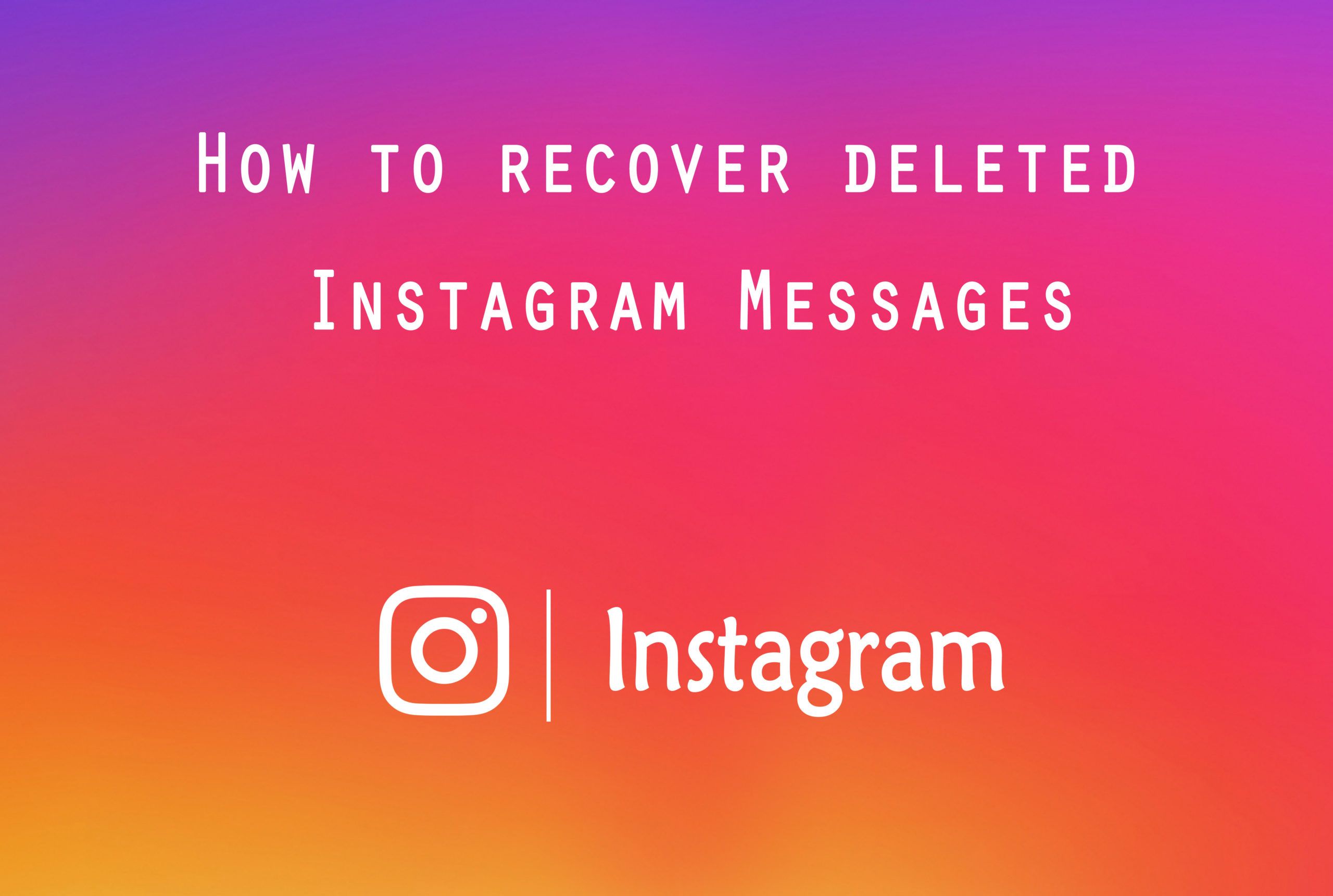

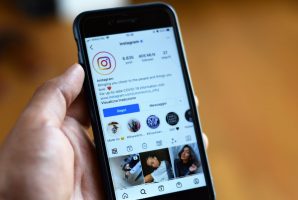
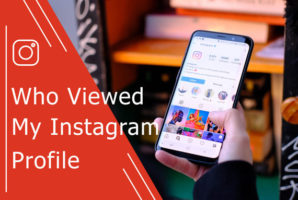
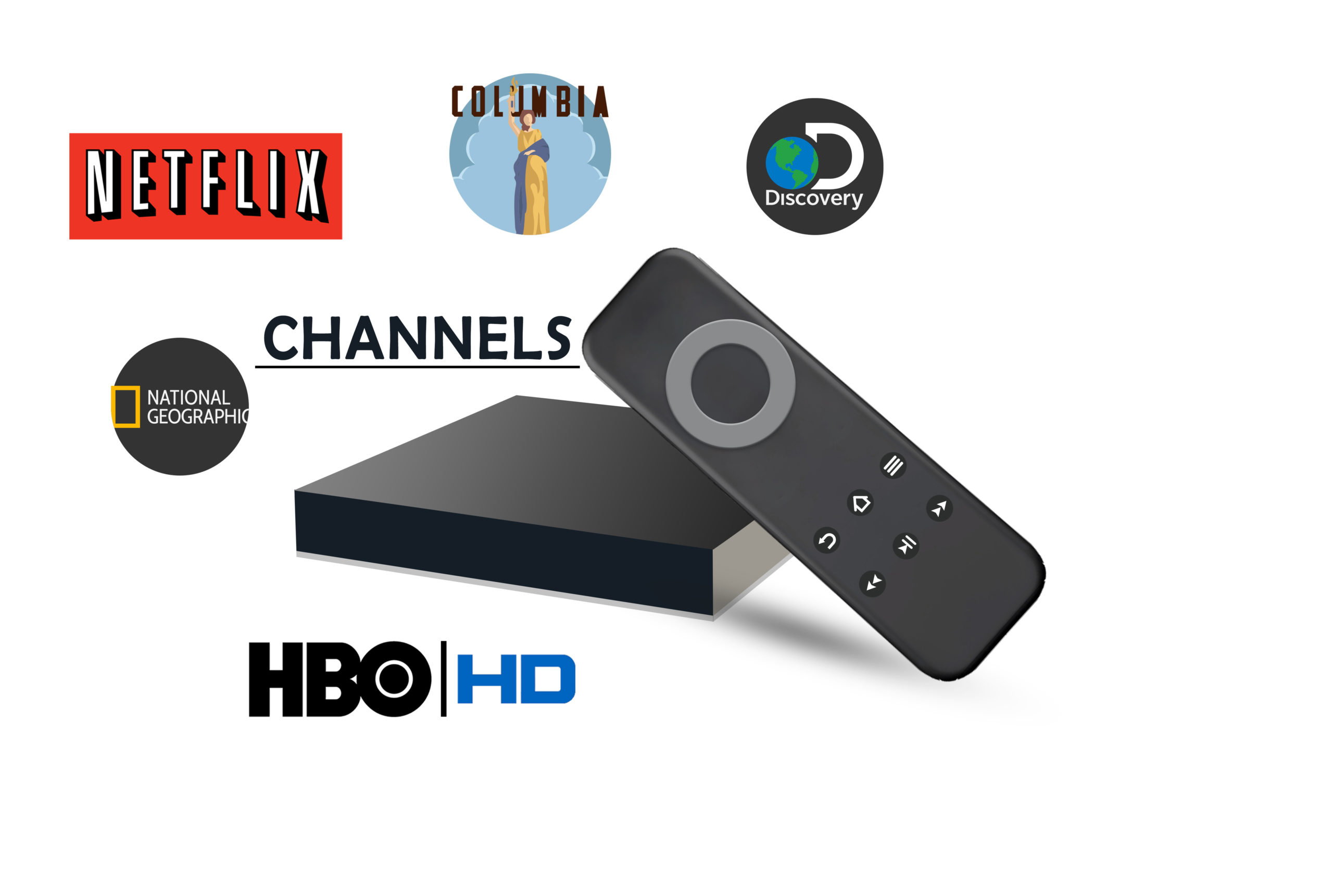
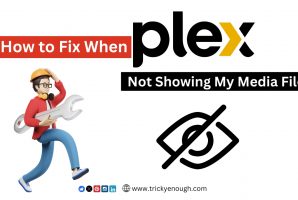

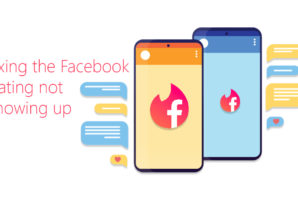
 10 SEO Best Practices for Better Google Rankings
10 SEO Best Practices for Better Google Rankings
Most small businesses should ignore vanity metrics like likes and followers and concentrate on solid metrics like conversions and sales.
Filled with detailed information and tips! Great blog!